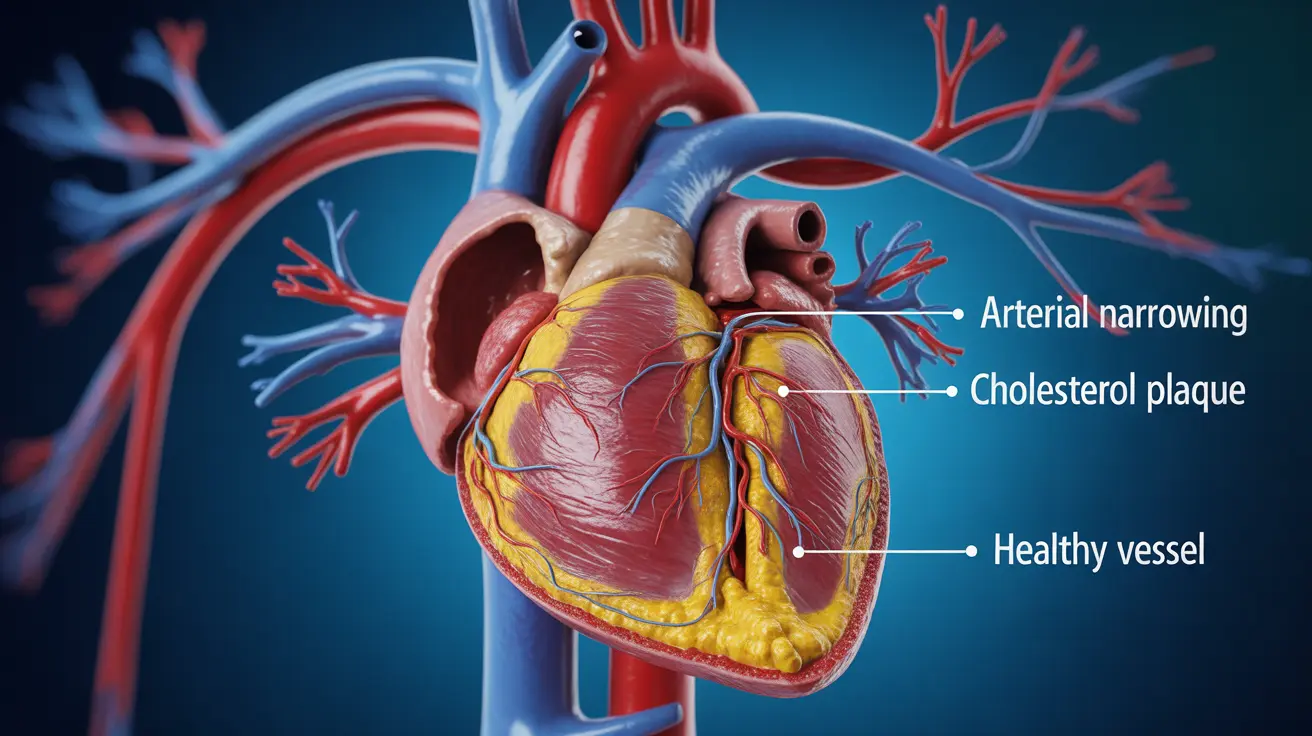The relationship between diabetes and sleep apnea represents a significant health concern affecting millions of Americans. These two conditions often occur together, creating a complex cycle that can impact overall health and quality of life. Understanding this connection is crucial for better disease management and improved health outcomes.
Recent research has shown that sleep apnea and diabetes share several risk factors and can influence each other's progression. This article explores the intricate relationship between these conditions and provides valuable insights into their management.
Understanding the Connection Between Sleep Apnea and Diabetes
Sleep apnea and diabetes are closely intertwined conditions that can significantly impact each other. When someone has sleep apnea, their breathing repeatedly stops and starts during sleep, leading to decreased oxygen levels and disrupted sleep patterns. This disruption can directly affect blood sugar control and insulin sensitivity.
The Impact of Sleep Apnea on Blood Sugar Control
Sleep apnea can affect blood sugar levels in several ways. The frequent interruptions in breathing cause stress on the body, triggering the release of stress hormones like cortisol. These hormones can raise blood sugar levels and make it more difficult for insulin to do its job effectively.
Risk Factors and Common Symptoms
People with type 2 diabetes often share risk factors with sleep apnea, including:
- Obesity
- Advanced age
- Family history
- Sedentary lifestyle
- High blood pressure
Common symptoms that may indicate the presence of sleep apnea in someone with diabetes include:
- Loud snoring
- Morning headaches
- Excessive daytime sleepiness
- Difficulty concentrating
- Waking up gasping for air
Treatment Approaches and Management Strategies
Managing both conditions effectively requires a comprehensive approach. The good news is that treating sleep apnea can often lead to improved blood sugar control and better diabetes management.
Medical Interventions
Several treatment options are available for managing sleep apnea in people with diabetes:
- CPAP (Continuous Positive Airway Pressure) therapy
- Oral appliances
- Weight management programs
- Medical supervision and regular monitoring
Lifestyle Modifications for Better Management
Making certain lifestyle changes can help manage both conditions:
- Maintaining a healthy weight
- Regular exercise
- Following a balanced diet
- Establishing good sleep hygiene
- Limiting alcohol consumption
- Quitting smoking
Frequently Asked Questions
How does sleep apnea affect blood sugar control in people with type 2 diabetes? Sleep apnea disrupts normal sleep patterns and triggers stress hormone release, which can elevate blood sugar levels and increase insulin resistance. This makes it more difficult to maintain stable blood sugar levels.
What are the common signs and symptoms of sleep apnea in someone with diabetes? Common signs include loud snoring, morning headaches, excessive daytime sleepiness, difficulty concentrating, and waking up gasping for air. These symptoms may be more pronounced in people with diabetes.
Can treating sleep apnea improve insulin resistance and diabetes management? Yes, treating sleep apnea can significantly improve insulin sensitivity and blood sugar control. CPAP therapy, in particular, has been shown to help stabilize blood sugar levels and improve overall diabetes management.
Why are people with type 2 diabetes at higher risk for developing sleep apnea? People with type 2 diabetes often have risk factors that overlap with sleep apnea, such as obesity and metabolic syndrome. Additionally, diabetes can affect nerve function and sleep regulation, increasing the risk of developing sleep apnea.
What lifestyle changes can help manage both diabetes and sleep apnea effectively? Key lifestyle changes include maintaining a healthy weight, regular exercise, following a balanced diet, practicing good sleep hygiene, limiting alcohol consumption, and quitting smoking. These changes can improve both conditions simultaneously.
The management of both diabetes and sleep apnea requires attention and commitment, but with proper treatment and lifestyle modifications, both conditions can be effectively controlled, leading to better overall health outcomes.




